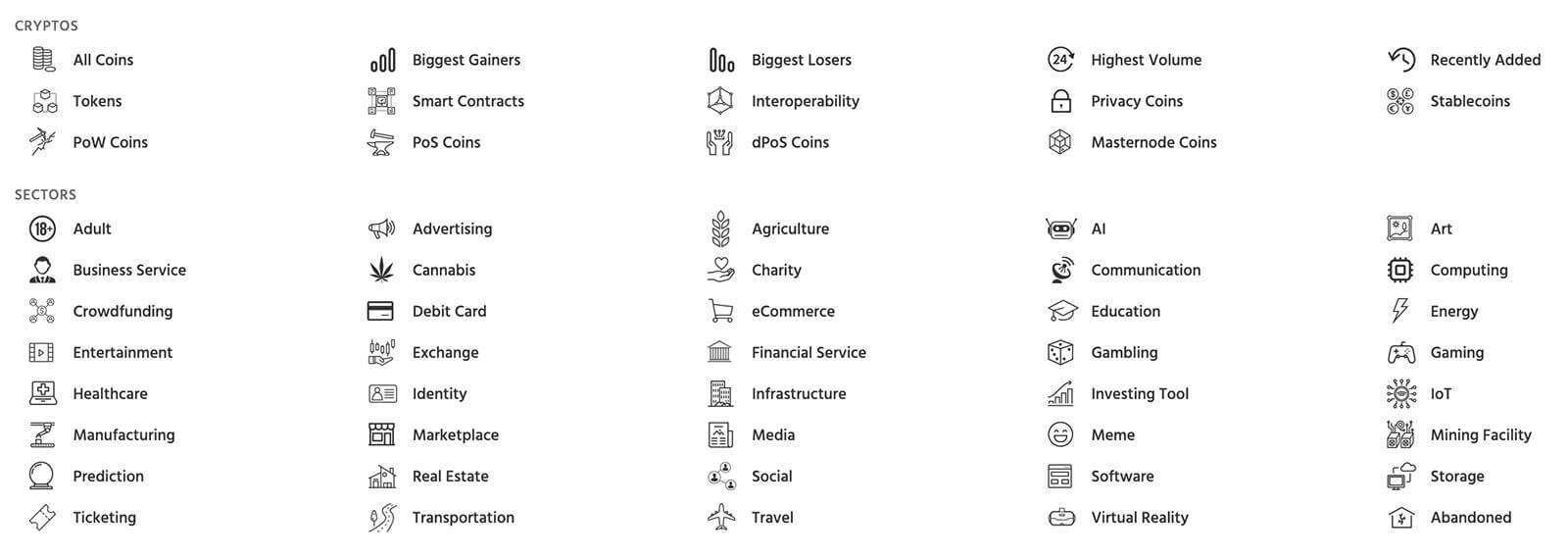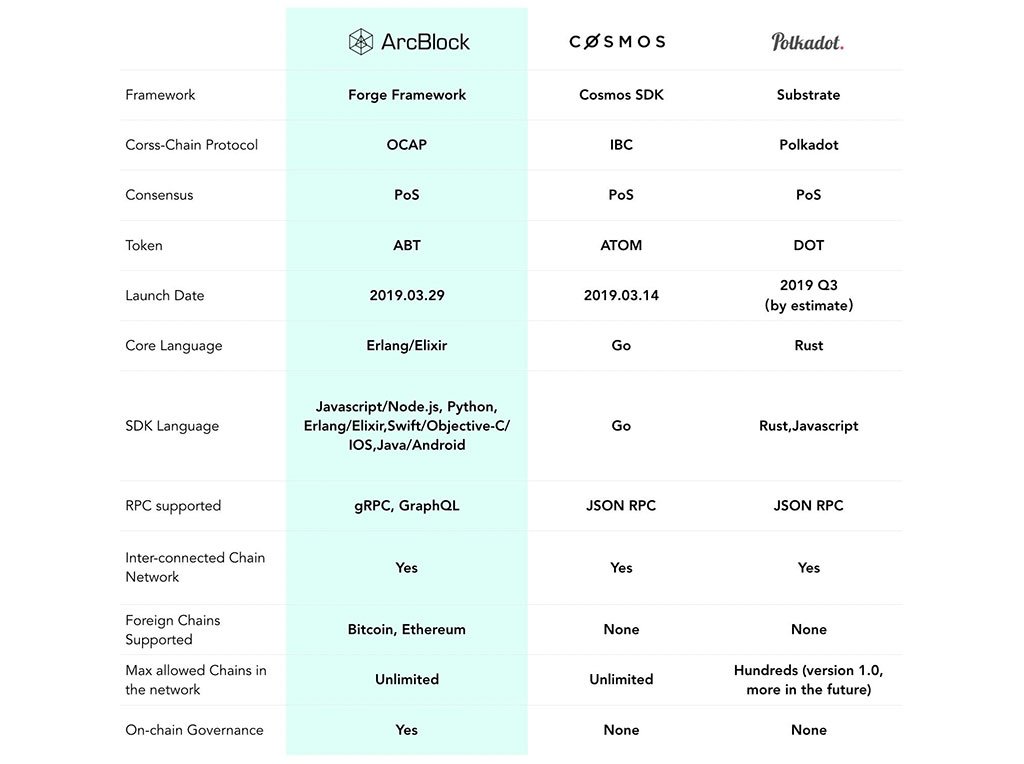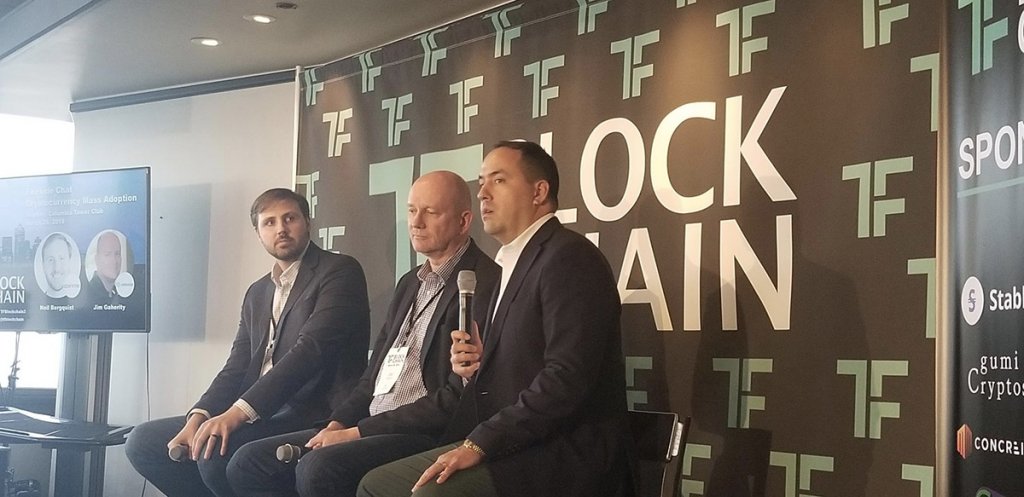2018-9-10 18:00 |
Last year, the iPhone turned 10 years old–that’s almost a third of the age of the modern commercial internet. Many of us who grew up with the first wave of electronic devices (before the iPhone and smartphones took over the world) can remember a time without music on our phones, app stores and near-constant internet connectivity.
However, we can’t remember a time without usernames and passwords or a time when we didn’t have to go through a company’s website to set up an account (a kind of identity). That’s because the way we handle identity on the internet hasn’t changed all that much in the time we’ve had smartphones or widespread commercial internet. But there’s a chance that, if you’re reading this story in a few years, that might no longer be true, and it will be in part because of platforms like LifeID.
What is LifeID?LifeID represents a beautiful dream and a promise. It’s the promise of a censorship-resistant identity engine to fuel the digital age well into the future. The promise of an identity protocol that can help protect users from corporate privacy violations for the rest of their lives. The promise of a platform that humanitarian technologists might use to build identity solutions for the homeless, the oppressed and the displaced. The promise of a stack of tools built from the ground up for startups, enterprises and other organizations to give their customers a safe and passwordless way to log into their websites and apps while honoring the integrity of their users’ sovereignty over the data those users own.
LifeID is the dream and the promise of an open-identity system that will deliver self-sovereign identity to billions of people and operate in perpetuity, perhaps for the rest of humanity’s digital era.
For nearly two years, the LifeID team has researched, developed and built the beginnings of that dream, and it is close to delivering the very early stages of its decentralized, self-sovereign identity system. It will be driven by economic incentives, be open-source and be built on a permissionless network, and it will include a governance mechanism that reduces censorship risk and grants ownership and votership to participants on the network. Specifically, the LifeID team is close to having a v0.1 release of its smart contract-powered lifeID protocol, lifeID mobile app alpha, lifeID API Bridge, lifeID OpenID Connect Server and other needed components.
Over the next few weeks, I’ll be discussing what this set of tools will enable once ready. Like with any bleeding-edge technology, adoption depends partly on understanding what it can do differently than the technology that precedes it (the incumbent) and partly on understanding how the newcomer actually works.
What is a Self-Sovereign Identity?A self-sovereign identity is an identity made up of information you, as a user, own and control. The information can include your name, age, address, employment status, college of graduation, professional certification, the fact that you are a member of a certain membership rewards program, your status as the purchaser of a particular airline ticket or almost anything else you can think of that can be connected to you for a single-use or reusable purpose.
An example of common and reusable identity information is a username and password, the identity data that you use today to log into a website or app. Another way to think about this kind of reusable, website-specific identity information (username and password) is to turn it into an answerable question, for example:
“Does the owner of this identity have an active, valid account with this website?”
If the answer is yes, and if the person trying to access that website from their phone or web browser is indeed the person the answer belongs to, then with a self-sovereign identity and a website that accepts self-sovereign identities you can present the equivalent of two things:
“Yes, I have an account here.” “Hey, it’s me. Let me in!”Then you’ll be granted access, no password needed. The trick is making the “Yes” into a credential that the owner can own and reuse, making it so that they, and only they, can use that “Yes,” and making it so that they can present that “Yes” in a way that protects their privacy and makes it very difficult for the website to gather unrelated identity information about the user unless they grant permission.
In the next post of this series, I’ll describe how this all works and how it maps to the technology LifeID is building (and why self-sovereign identity technologies are needed), but here’s a preview: In the world of self-sovereign identity, identities are called decentralized identifiers (DIDs). The LifeID platform will have components that enable you, as a user, to do the following:
Create one or multiple DIDs Prove that you own them (with your private keys) Use them (from a mobile or web app) to log into websites that accept them In the case of loss or theft of your DIDs, private keys or identity data, initiate recoveryDoing all of this in a reliable, censorship-resistant and privacy-preserving way is the stuff of LifeID’s dreams and, soon, reality.
Thanks for reading, visit our website at lifeid.io and see you in Part II.
The post A Newcomer’s Guide to Self-Sovereign Identity – Part 1 appeared first on CryptoSlate.
origin »Advanced Internet Blocks (AIB) íà Currencies.ru
|
|


